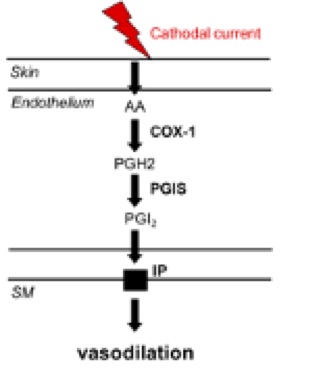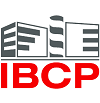Project 4.1 Wound healing and fonctionnality of the skin in the context of metabolic disorders (diabetes & obesity). Project leaders : C. Bonod and D. Sigaudo-Rousselle
Diabetes is a major public health problem with approximately 350 million people affected in the world. People with diabetes are at increased risk of developing chronic wounds, most often in the foot area that can lead to amputation. The causes of this healing defect are still poorly understood.
In this context, I am developing a project focusing on the study of repair mechanisms and skin functionality in pathological conditions linked to metabolic disorders (diabetes and/or obesity). The aim of my work is to study the skin healing process in vitro in cultured cells and in vivo in mice following hypoxic and ischemic lesions in diabetic mice. The objective is to determine the healing time and the quality of the scarred tissue but also to show what are the molecular mechanisms and signaling pathways involved in order to better understand diabetic wounds at the tissue, cellular and molecular level.

linked to metabolic disorders (diabetes and / or obesity)
Project 4.2 : PGI2 analogs and pressure-induced wounds in diabetes/obesity context. project leaders: B. Fromy & D. Sigaudo-Roussel
There is growing evidence that the pathway of prostacyclin (PGI2 – another potent vasodilator produced by endothelial cells than NO), is dysregulated in diabetes. Besides its vasodilator effect, PGI2 contributes to angiogenesis and tissue repair, through pathways including vascular endothelial growth factor signaling. We thus hypothesize that impaired PGI2 pathway in the skin is involved in the pathophysiology of diabetic foot ulcers.
This project aims 1) to explore alterations of the PGI2 pathway in the skin of murine models of diabetes-related ulcers and 2) to determine whether targeting the PGI2 pathway by combining its pharmacological effect to the effect of low-intensity current per se (figure) can provide treatment for diabetic foot ulcers.




